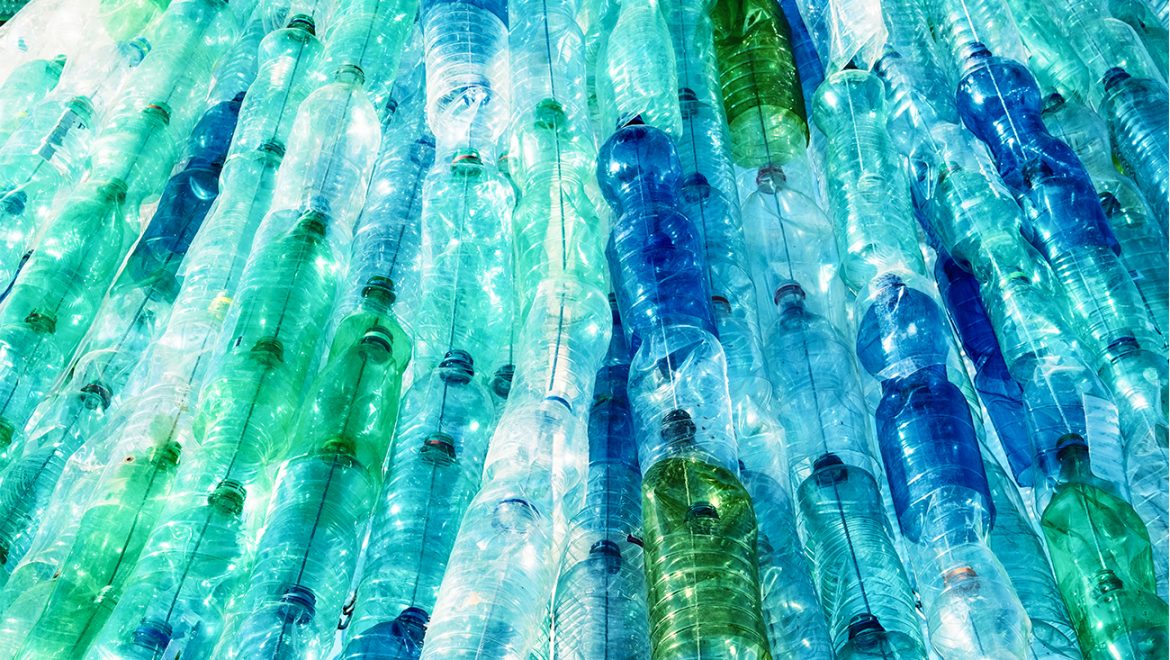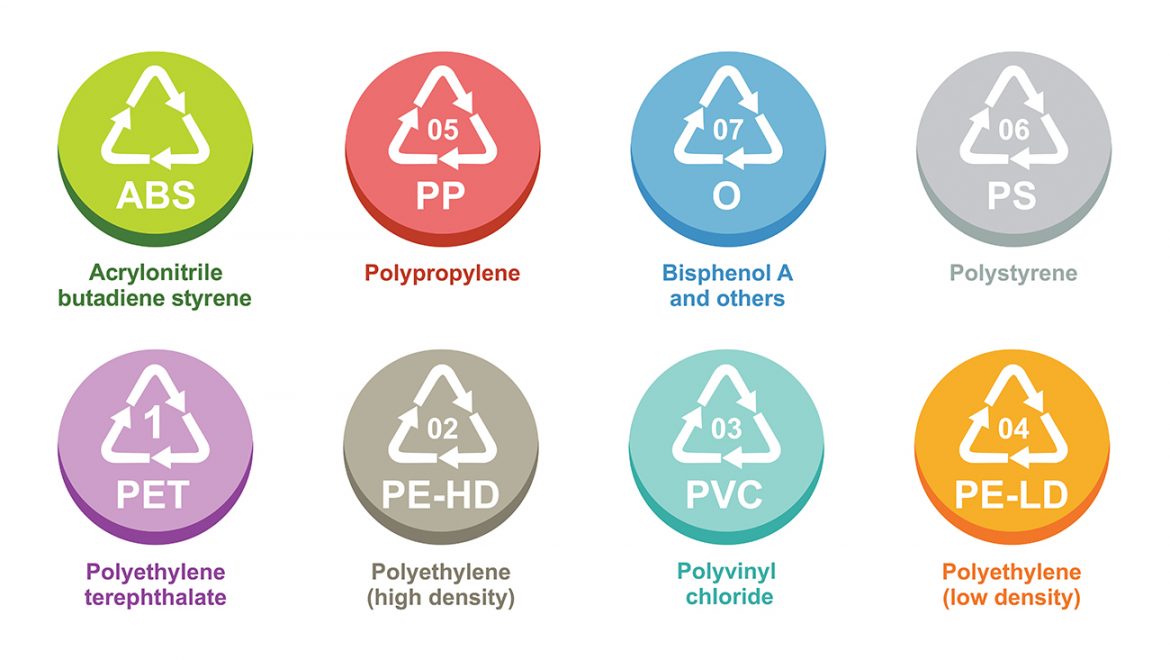Archives
Differentiated collection: practical tips
All materials are recyclable thanks to separate collection, but plastic is perhaps the best raw material for almost complete recycling, even if attention must be paid to the type.
Plastics as such are not biodegradable. They can withstand the action of atmospheric agents for hundreds of years. Furthermore, if incinerated, it generates extremely toxic substances, such as dioxin.
For this reason, recycling is the most effective way of disposing of plastic waste, but recycling is only possible for certain types of plastics, and in any case involves variable costs and results depending on the material used.
That is why recycling plastics is a duty. We have decided to make you aware of recycling with this short guide.
Let’s start with the more “technical” part, that is to say, exploring the processes by which plastic is technically recycled in the strictest sense and all the variants that are on the market.
There are 7 types of recyclable plastics thanks to separate collection. Each one is identified by a code also indicated on the packaging of the product or object:
PET, HDPE, PVC, LDPE, PP (polypropylene), PS (polystyrene) and others.
The first two types are the most easily recyclable. This is precisely why they are used for the production of packaging for consumer food products.
PLASTIC RECYCLING: SYMBOLS
The main symbols to be identified for plastic recycling are
PET
Polyethylene terephthalate is indicated by the abbreviation PET or number 1.
PE
Polyethylene. High density is indicated by the abbreviations HDPE, PE-HD, low density with LDPE, PE-LD. The recycling symbol may contain the number 2 (or 02) for high density polyethylene or the number 4 (or 04) for low density polyethylene.
PVC
Polyvinyl chloride is indicated by the number 3 or 03 in the recycling symbol.
PP
It is the symbol of Polypropylene. It may be marked with the number 5 or 05.
PS
This is the municipality of Polystyrene. Reported under number 6 or 06.
Symbol O or 7 (07) may indicate, in a generic way, other recyclable plastics. This symbol can be found on plastics such as Glass Fiber, Nylon, Polylactic Acid, Polymethyl methacrylate and polycarbonate.
PLASTIC RECYCLING, ALL INFORMATION
Once collected, the plastic is pressed to facilitate its transport to the plants involved in sorting and recycling plastics for reuse as a “secondary raw material”, i. e. as a non-virgin raw material. From the collection of plastic, it is sent either to sorting and recycling centres or to compaction centres.
Once the plastic has reached the recycling plant, it is placed in a special facility that provides for the laceration of any collection bags. The first selection of mechanical plastic is carried out in a rotating screen that separates the various plastic families according to their size.
As a result of this first mechanical separation, which is carried out by the rotating screen (a sort of enormous centrifugal screen), further separation takes place by optical readers that separate the plastic according to the polymers of composition and possible colourations, in this case the separation does not happen with a rotary movement (centrifuge) but with air blowers. At this point a second compression with storage takes place, where homogeneous packaging is formed from the same types of plastics.
HOW IS PLASTIC RECYCLED?
Plastics, understood as the generic name of a group of polymeric materials, is one of the most common materials. But it is one of the most polluting and difficult to dispose of in solid waste. Plastic waste arrives loose or packaged. Within a huge hall with deafening noise, the actual selection takes place. Waste travels on belts at very high speed (3 m/s). And large air blowers make a first selection, separating the heaviest from the lightest ones. Then we pass to man. Employees carry out manual sorting of the 3% that machines cannot automatically separate.
At the end of the process you get large’ packs’ of bottles, the noble part of the plastic, divided by color. The clear ones are those with the greatest recycling potential. The darkest, most colored and opaque. less recyclable.
When everything is separated, the large bales of bottles and bottles are sent to the actual recycling plant. Caps, shoppers and other plastic residues of lower value are being used for the production of RDF.
Montello’s plant is the only one capable of treating this waste to produce bio-PET.




